1. Biography
Akiyama Saneyuki's life was shaped by his humble origins, a keen intellect, and a profound dedication to naval strategy.
1.1. Early life and childhood
Akiyama Saneyuki was born on April 12, 1868, in the Matsuyama Domain, Iyo Province (present-day Matsuyama, Ehime Prefecture), as the fifth son of Akiyama Hisataka, a poor samurai. His childhood name was 淳五郎JungorōJapanese, and his given name, 真之SaneyukiJapanese, was derived from the phrase "何道真之淳粋兮" (How pure and refined is the truth) from Zhang Heng's ancient Chinese text Sixuanfu. Due to the family's severe economic hardship, there was discussion of sending him to a temple, but his elder brother, Akiyama Yoshifuru, pleaded with their parents to keep him, promising to earn money for the family. His mother, Sada, was the daughter of the Yamaguchi family, also from Matsuyama.
In his youth, Akiyama studied at a local Chinese classics塾 (private school for classical Chinese studies) and developed an interest in literature, particularly traditional waka poetry. He formed a close friendship with the famous poet Masaoka Shiki during their childhood. Later, both young men moved to Tokyo to pursue literary studies. Akiyama initially prepared for entry into the Literature Department of Tokyo Imperial University, even attending Kyōritsu School (now Kaisei Academy) to prepare for university entrance exams, particularly in English. However, due to the dire financial situation of the Akiyama family, his elder brother Yoshifuru strongly encouraged him to pursue a career in the navy instead, leading Saneyuki to abandon his literary aspirations for a military path.
During his childhood, Akiyama was known as a mischievous leader, often organizing war games with other children. He was also skilled in drawing, swimming, and running. Despite his playful nature, he displayed a talent for waka poetry, even composing humorous verses. He was so mischievous that his mother, Sada, reportedly shed tears, saying, "I'll kill you and die myself," exasperated by his antics. He also once composed a humorous waka verse when urinating from a northern window on a snowy day. He was also known to make and launch fireworks based on books.
1.2. Education and early career
In 1886, Akiyama Saneyuki entered the Imperial Japanese Naval Academy in Tsukiji, Tokyo, as a cadet of the 17th class. While he was a student, the Naval Academy relocated to Etajima, in Hiroshima Prefecture, and was officially renamed the Imperial Japanese Naval Academy. Akiyama proved to be an exceptional student, graduating at the top of his class of 88 cadets on July 17, 1890. This significant achievement occurred just weeks after the Japanese translation of Alfred Thayer Mahan's influential work, The Influence of Sea Power Upon History, 1660-1783, was published in Japan in July 1890, a work that would deeply impact Akiyama's strategic thinking. His father, Hisataka, died in Matsuyama on December 19, 1890, while Saneyuki was on duty aboard the `Hiei`. During his time at the Naval Academy, Akiyama was instrumental in forming the school's baseball team, becoming a pioneer of naval baseball. When asked by a junior cadet why he consistently topped his class without appearing to study intensely, Akiyama revealed his method: studying past exam questions and discerning the instructors' tendencies, inferring potential exam topics from frequently explained material.
After graduation, Akiyama served his midshipman tour on the `Hiei` and the cruiser `Takachiho`. During this period, he participated in the `Hiei`'s mission to return the survivors of the Ottoman frigate `Ertuğrul` disaster to the Ottoman Empire in 1890. On May 23, 1892, he was commissioned as an ensign and steadily rose through the ranks, undertaking various routine shipboard assignments and duties that included deployments across the Pacific Ocean, the Mediterranean Sea, and European waters. He served on the `Ryūjō`, followed by the `Matsushima`, `Yoshino`, and the gunboat `Tsukushi`. While aboard the `Tsukushi`, he participated in the Battle of Weihaiwei during the First Sino-Japanese War. After the hostilities, he served on the `Izumi` and `Yaeyama`. Following his ship assignments, he completed a tour at the Imperial Navy's torpedo school. He was then assigned to naval intelligence, where he spent several months posing as a laborer and conducting covert missions in Manchuria and Korea, gathering critical information.
1.3. Studies in the United States
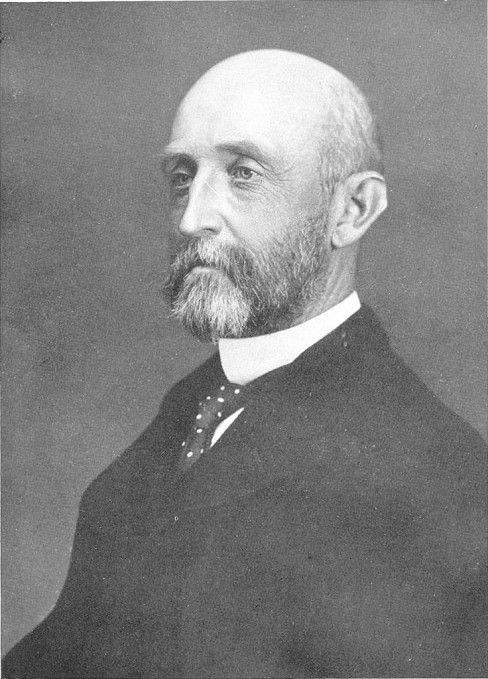
On October 24, 1896, Akiyama was promoted to lieutenant, and the following year, from June 26, 1897, to December 27, 1899, he was dispatched to the United States as a naval attaché. Although selected for an overseas study program, he initially funded his studies privately as he did not receive a public scholarship. This period was marked by heightened tensions between Japan and the United States, largely due to the overthrow of the Kingdom of Hawaii by American marines and settlers, an event that nearly led to a diplomatic rupture.
Upon his arrival in New York City, Akiyama sought advice from Alfred Thayer Mahan, then president of the US Naval War College, regarding study opportunities at either the United States Naval Academy or the Naval War College. Mahan, however, offered little direct assistance beyond providing a list of recommended books. Akiyama then approached the Assistant Secretary of the Navy, Theodore Roosevelt, but his requests to attend the Naval War College were initially denied.
Akiyama's tour of duty coincided with the outbreak of the Spanish-American War. He joined the American fleet as a foreign military observer, gaining firsthand experience of naval operations. He observed American forces capturing Santiago de Cuba in June 1898 and the blockade of Havana harbor in July. Akiyama submitted a comprehensive report to Japan detailing his observations and highlighting problems in the blockade and landing operations. His experience observing the Santiago de Cuba blockade was particularly influential, laying the groundwork for the later Port Arthur Blockade during the Russo-Japanese War. Following the conclusion of his observation tour, he served a brief period as a naval attaché with the Japanese Embassy in Washington, D.C..
In February 1899, through the efforts of the Japanese ambassador, Akiyama received permission to serve a six-month tour aboard a US Navy warship, the `USS New York` (ACR-2). This assignment allowed him to directly observe American tactics and fleet operations in the North Atlantic and Caribbean Sea. As a result of his service aboard the `USS New York`, Akiyama participated in several lectures at the Naval War College in Newport, Rhode Island, further deepening his strategic understanding. Upon completing his studies in the United States, Akiyama traveled to England from December 27, 1899, to May 20, 1900, before returning to Japan. During his time abroad, Akiyama also had a notable incident where he was defrauded in a gambling scheme. Realizing the deception, he confronted the leader of the group, brandishing his short sword, and successfully recovered his money.
1.5. Russo-Japanese War
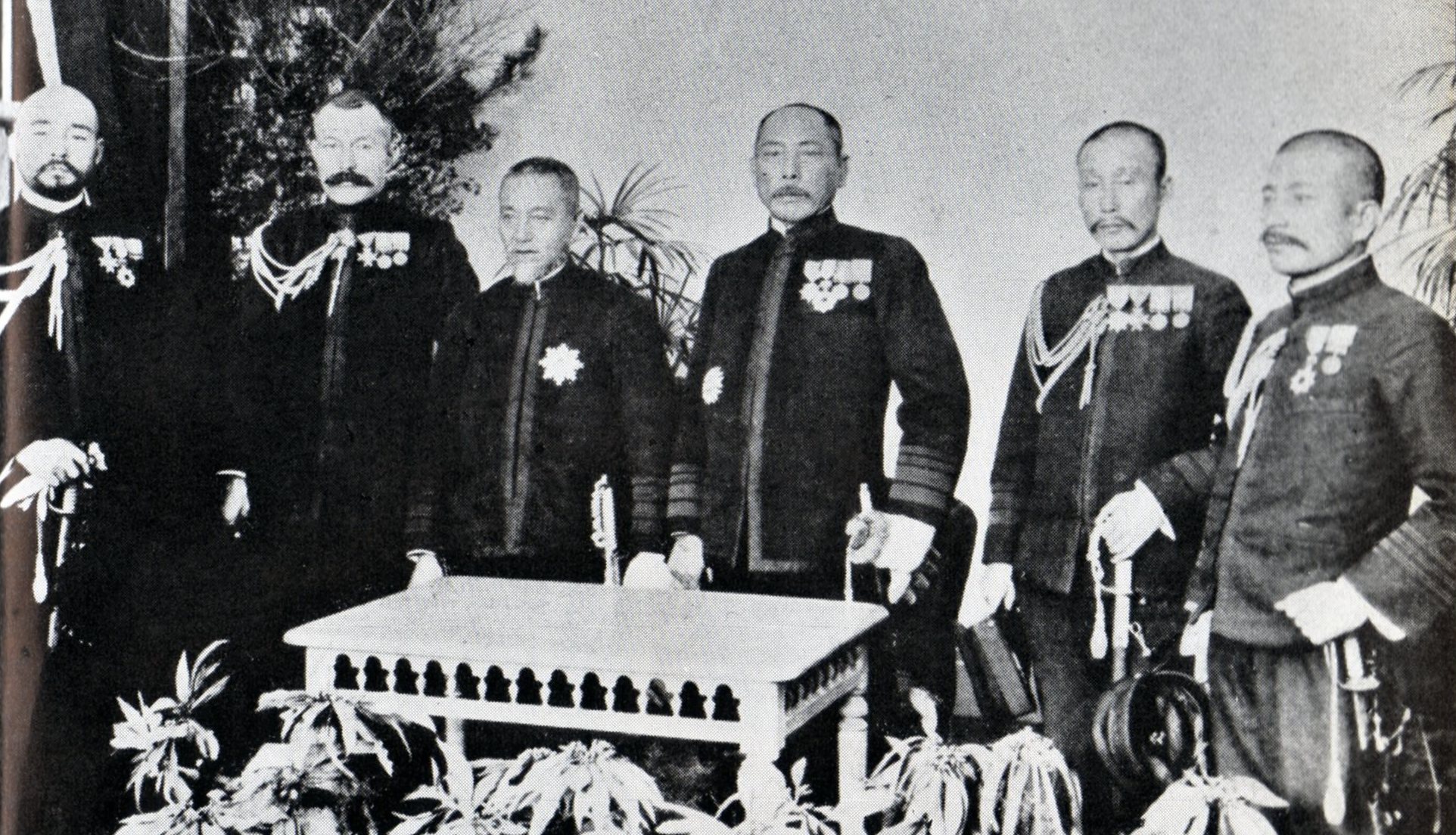
With the outbreak of the Russo-Japanese War in February 1904, Akiyama was promoted to commander on September 1, 1904. He remained on the planning staff and became a close confidant of the Combined Fleet Commander-in-Chief, Togo Heihachiro. Togo insisted that Akiyama accompany him on his flagship, the `Mikasa`, as a staff officer. Despite his relatively junior rank, Akiyama played a central and crucial role in the planning for the Battle of Port Arthur, the Battle of the Yellow Sea, and the strategic preparations for the arrival of the Russian Baltic Fleet and its subsequent destruction in the Battle of Tsushima. The primary objective of the Japanese navy in the Battle of Tsushima was to completely annihilate the Russian fleet, thereby denying Russia any further influence in the Sea of Japan.
Akiyama is famously credited with devising the "T-crossing tactic" (丁字戦法Teiji SenpōJapanese), a maneuver where the Japanese fleet would cross the "T" of the Russian fleet's formation, allowing all Japanese ships to fire broadsides while the lead Russian ships could only fire their forward guns. He reportedly borrowed this tactic from an old book of the late 12th century, Old Piratical Tactics of the Nojima School, which described the tactics used by Japanese pirates.
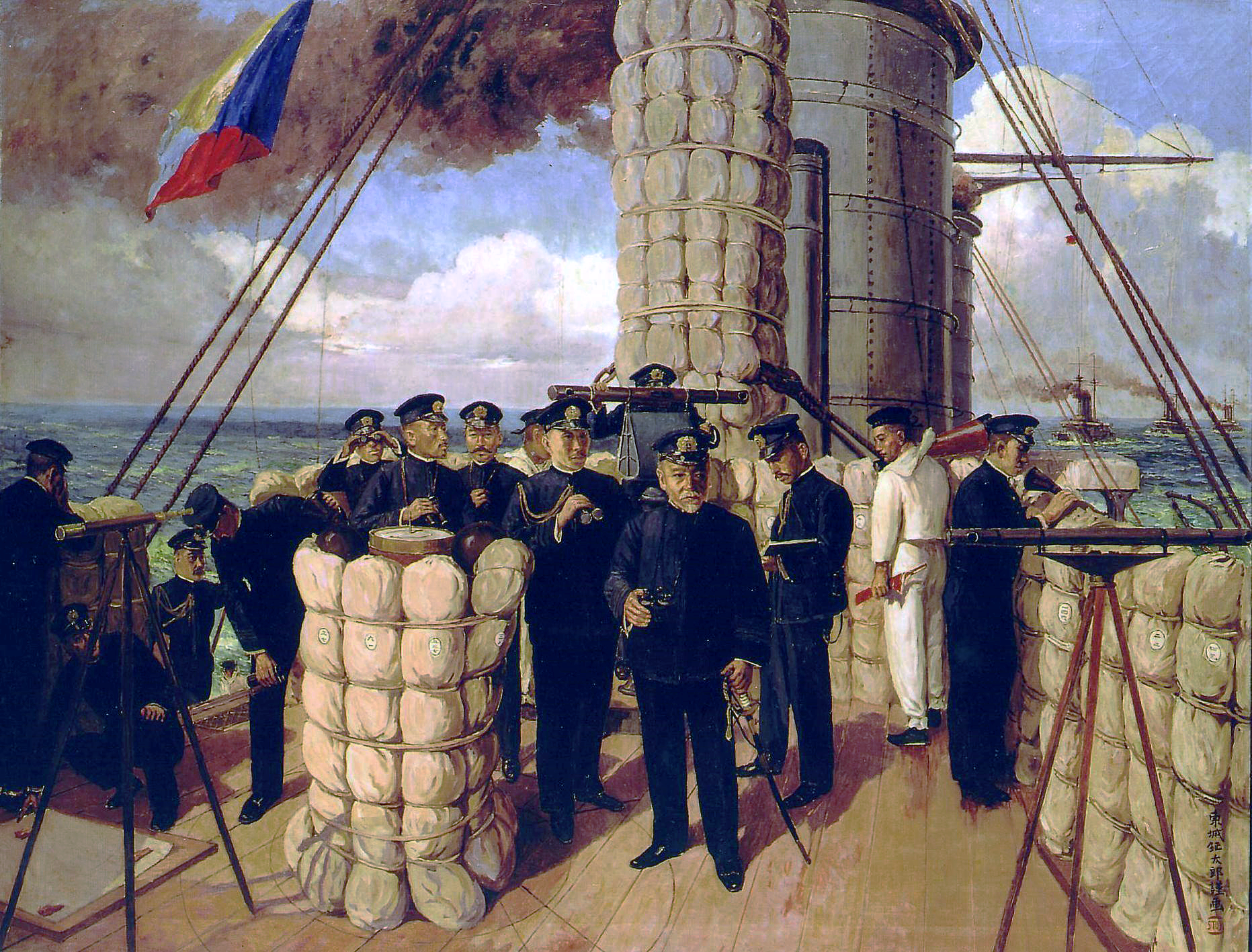
Before the Battle of Tsushima, Akiyama drafted the famous telegram: "Honjitsu Tenki Seirō Naredomo Nami Takashi" (本日天気晴朗ナレドモ浪高シToday the weather is clear, but the waves are highJapanese). This concise message was a brilliant piece of military communication, indicating that the clear weather was favorable for the Combined Fleet's sortie to engage the enemy, but the high waves meant that older, smaller vessels and torpedo boats could not participate, thus only the main fleet would engage. This telegram is highly regarded in Japan for its brevity and precise conveyance of critical information.
Following Japan's victory, Akiyama was designated as the senior naval representative for the preliminary negotiations leading to the Treaty of Portsmouth. However, the untimely death of his mother necessitated his replacement in this role. An anecdote from the Battle of Tsushima recounts that after the Russian fleet raised the white flag, Akiyama suggested to Togo that they cease bombardment, appealing to Togo's sense of "bushido compassion." Togo initially remained silent but eventually ordered the firing to stop. Akiyama also claimed to have had a prophetic dream three days before the battle, seeing the enemy fleet's formation exactly as it appeared.
Akiyama is also widely believed to have drafted the inspiring "Combined Fleet Dissolution Address" (聯合艦隊解散之辞Rengō Kantai Kaisan no JiJapanese), delivered by Admiral Togo at the dissolution ceremony of the Combined Fleet. This address deeply impressed then-US President Theodore Roosevelt, who had it fully translated into English and distributed to the US Navy, further solidifying Akiyama's reputation as a master prose stylist, leading to his writings being highly regarded as "Akiyama Literature." However, there is some debate regarding the authorship of the famous Z flag signal: "The fate of the Empire rests on this one battle; let every man do his utmost." While often attributed to Akiyama, some historians suggest it might have been drafted by Kato Tomosaburo, inspired by a letter from Shozo Takama.
1.6. Postwar activities and later life

After the dissolution of the Combined Fleet in December 1905, Akiyama returned to his role as an instructor at the Naval War College. He was promoted to captain on September 25, 1908. His first command as captain was the `Akitsushima`, after serving as executive officer on the `Mikasa`. He subsequently commanded several other cruisers, including the `Otowa`, `Hashidate`, `Izumo`, and the `Ibuki`.
On December 1, 1913, Akiyama was promoted to rear admiral. Soon after, the Siemens-Vickers Naval Armaments Scandal of 1914 rocked the Japanese government, leading to the resignations of Prime Ministers Yamamoto Gonnohyōe and Ōkuma Shigenobu. Akiyama remained one of the few senior officers completely untainted by suspicion or corruption. He was appointed to the investigation committee for the Siemens scandal in January 1914. In an effort to restore public confidence in the navy, he was nominated by Yashiro Rokuro to serve as Director-General of the Navy (軍務局長Gunmu KyokuchōJapanese), a position he held until his retirement on December 1, 1917. During this period, he played a crucial role in minimizing the scandal's impact and securing budget approvals for warship construction.
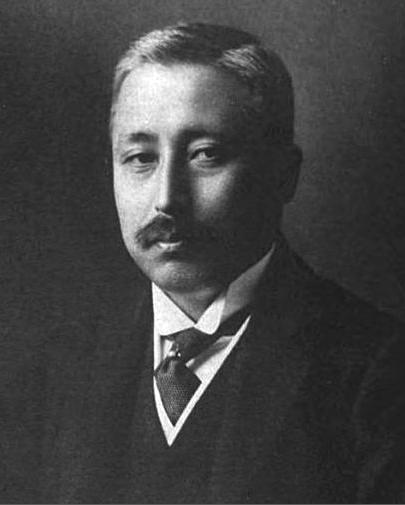
One of his major accomplishments as Director-General was the permanent stationing of the `Otowa` in Shanghai, which served as a base to support a large network of intelligence agents, many of whom posed as exchange students across China. Concurrently, Akiyama maintained a regular and secret correspondence with Sun Yat-sen, providing material assistance to Sun's efforts to prevent Yuan Shikai from establishing a new empire in China, thus supporting democratic movements. He also collaborated with figures like Ryokichi Kawashima and Giichi Tanaka, then Vice Chief of the General Staff, in the Second Manchu-Mongolian Independence Movement, though he later distanced himself from China policy after transferring to the Naval General Staff.
With the outbreak of World War I, Akiyama traveled to Europe in March 1916 to observe the conflict. He journeyed via the Trans-Siberian Railway through Russia and Finland before reaching England. There, he met with his old acquaintance, Commander William Christopher Pakenham, a former British naval observer during the Battle of Tsushima, and Admiral John Jellicoe. In June 1916, King George V conferred upon him a Knight Commandership of the Order of St Michael and St George. As Sir Saneyuki, K.C.M.G., he was reportedly the first Japanese person outside the Imperial family to receive a knighthood from a British sovereign. After visiting France and Italy, he returned to Japan via the United States in September 1916.
Upon his return, Akiyama assumed command of the IJN 2nd Fleet in December 1916 and was reappointed to the Naval General Staff in July 1917. However, by this time, his health was rapidly deteriorating. He was forced to retire in late 1917 with the rank of vice admiral, having been promoted to the rank on December 1, 1917, before being placed on standby.
In his final years, Akiyama became increasingly preoccupied with religion and spiritual studies. He was particularly drawn to the Oomoto movement and the Nichiren sect of Buddhism, focusing on texts like the Heart Sutra. He began studying scriptures after being invited to the "Tenshokai" research group, led by Tetsutaro Sato. He also studied Shinto under the Shinto scholar Kawatsura Bonji and established the Imperial Classics Research Society. Through his connection with Asano Wasaburo, an instructor at the Naval Engineering School, Akiyama joined Oomoto (then known as Kōdō Ōmoto), visiting Ayabe in December 1916. While Oomoto sources indicate he became an advisor to the Oomoto leader Onisaburo Deguchi, it is believed his primary interest was Shinto research rather than religious faith, and he reportedly had a falling out with Oomoto in May 1917. He reportedly stated that he felt an "extra-human power" regarding the life and death he witnessed in war and the outcomes of battles, which propelled his religious inquiries. After the Russo-Japanese War, he desired to become a monk due to the sacrifices he witnessed, but his friends dissuaded him. Instead, he educated his eldest son, Hiroshi, to become a monk.
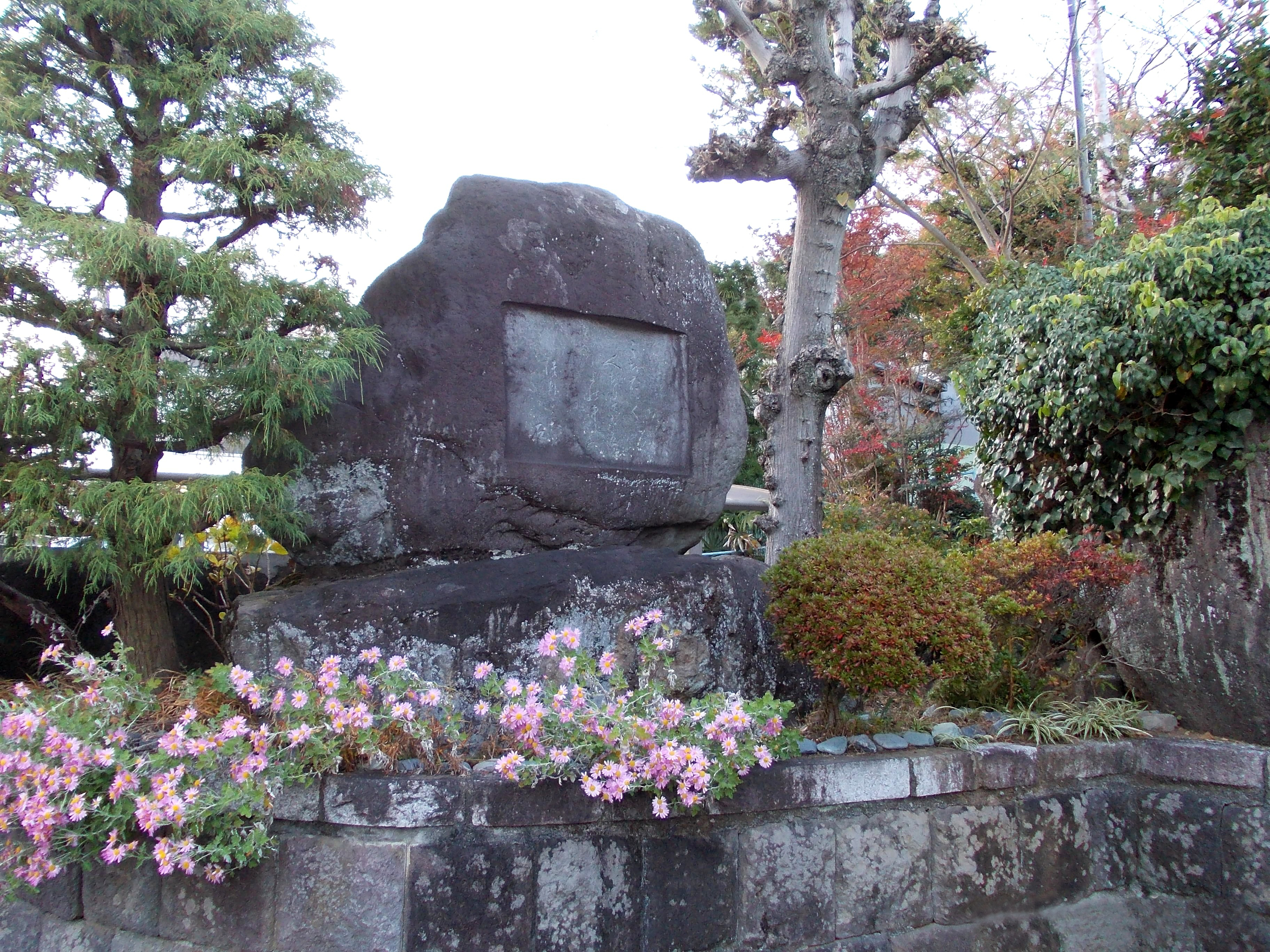
Akiyama suffered from appendicitis in May 1917 and sought recovery in Hakone. However, the condition recurred and worsened in 1918, leading to peritonitis. He died on February 4, 1918, at the young age of 49 (though sometimes described as 51 by East Asian age reckoning), at Taichōkaku, a villa in Odawara belonging to Kamesaburo Yamashita. It is said that he chanted the Imperial Rescript on Education and the Heart Sutra just before his death. His grave was initially located at Aoyama Cemetery in Tokyo but was later relocated to Kamakura Reien.
1.6.1. Honors and Decorations
Akiyama Saneyuki received numerous honors and decorations throughout his distinguished career:
- Order of the Sacred Treasure, 4th Class (May 30, 1905, for service at the Battle of Tsushima)
- Order of the Rising Sun, 3rd Class, Gold Rays with Neck Ribbon (April 1, 1906)
- Order of the Rising Sun, 2nd Class, Gold and Silver Star (November 7, 1915)
- Order of the Golden Kite, 3rd Class (April 1, 1906)
In terms of court ranks, he progressed as follows:
- Senior Eighth Rank (July 5, 1892)
- Seventh Rank (December 21, 1896)
- Senior Seventh Rank (March 8, 1898)
- Sixth Rank (December 17, 1901)
- Senior Sixth Rank (October 6, 1904)
- Fifth Rank (December 11, 1908)
- Senior Fifth Rank (January 30, 1914)
- Fourth Rank (February 4, 1918, posthumous)
Foreign honors include:
- Legion of Honour, Commander (France, November 20, 1916)
- Order of St Michael and St George, Knight Commander (United Kingdom, November 20, 1916)
2. Thought and Strategy
Akiyama Saneyuki was not only a brilliant military leader but also a profound thinker whose ideas significantly influenced Japanese naval doctrine and extended into literary and religious spheres.
2.2. Literary and Religious Interests
Akiyama Saneyuki maintained a deep and lifelong friendship with the renowned Japanese poet Masaoka Shiki, which nurtured his early interest in literature, particularly traditional waka poetry. This literary inclination contributed to his reputation as a master prose stylist, with his writings and official dispatches, such as the "Combined Fleet Dissolution Address," being highly regarded as "Akiyama Literature."
In his later life, Akiyama developed a profound engagement with spiritual and religious studies. He became deeply interested in Buddhism, particularly the Nichiren sect, and devoted himself to studying texts like the Heart Sutra. He also pursued Shinto studies under the guidance of the Shinto scholar Kawatsura Bonji, establishing the Imperial Classics Research Society. His spiritual quest led him to explore new religious movements, including the Oomoto movement. However, his eldest son, Hiroshi Akiyama, later suggested that his father was fundamentally skeptical of religion. Admiral Eisuke Yamamoto also speculated that Akiyama's highly rational mind might have struggled to fully embrace the irrational aspects of religion.
2.3. Major Writings
Akiyama Saneyuki's strategic insights and literary prowess are preserved in his key published works on naval tactics, strategy, and military affairs. These include:
- 兵語界説Heigo KaisetsuJapanese (Explanation of Military Terms)
- 海軍基本戦術Kaigun Kihon SenjutsuJapanese (Basic Naval Tactics)
- 海軍応用戦術Kaigun Ōyō SenjutsuJapanese (Applied Naval Tactics)
- 海軍戦務Kaigun SenmuJapanese (Naval Duties)
- 海軍用務令Kaigun Yōmu ReiJapanese (Naval Service Regulations)
- 海軍英文尺文例Kaigun Eibun ShakubunreiJapanese (Naval English Correspondence Examples)
- 軍談GundanJapanese (Military Tales)
His collected tactical writings, such as Akiyama Saneyuki Senjutsu Ronshū (Collected Works on Akiyama Saneyuki's Tactics), compiled by Kazuaki Todaka, continue to be studied for their historical and strategic significance.
3. Personal Life
Akiyama Saneyuki's personal life was marked by his family ties, unique characteristics, and a circle of influential friends.
3.1. Family and Personal Characteristics
Akiyama Saneyuki was born into the Akiyama clan, a family with a lineage tracing back to the Kōno clan and serving as hereditary samurai of the Matsuyama Domain during the Edo period. His father was Akiyama Hisataka, and his mother was Sada. He was the youngest of five sons. His most famous sibling was his elder brother, Akiyama Yoshifuru, who became an Army General and is often referred to as the "Father of Japanese Cavalry." Another elder brother, Masae Oka, served as an executive at Keijo Electric in Korea.
Saneyuki married Sue Inō, the third daughter of Inō Shinri, at the Suikōsha (Naval Club) in Tsukiji on June 2, 1903. Together, they had four sons and two daughters. Their eldest son, Hiroshi Akiyama, became a religious scholar. Their second son was Katashi, who was adopted by Aoyama Yoshitoku. Their third son was Tadashi, and their fourth son was Yasushi. Their first daughter was Wakako, and their second daughter, Takako, married Naval Commander Muneji Ōishi, and their daughter, Hisako Ōishi, became a member of the Japanese Diet. Saneyuki had a unique approach to naming his children, adhering to rules such as using a single character, ensuring the name was easy to remember and write, and prioritizing symmetry.
Akiyama was known for his eccentric personal habits. He was often indifferent to his appearance, reportedly wiping his nose on his uniform sleeve and sometimes going days without bathing when deeply engrossed in strategic planning. He was also known to pass gas or urinate in public, much to the bewilderment of those around him. His aide, Major Hisatsune Iida, once remarked that while Akiyama was a brilliant strategist due to his intellect, he would be considered "a strange person" under normal circumstances. He had a fondness for roasted beans, particularly peas and broad beans, which he often carried in his pockets.
Beyond his family, Akiyama maintained close friendships with prominent figures of his time, including his childhood friend, the poet Masaoka Shiki, and Tsugumasa Katsuta, who became a high-ranking official in the Ministry of Finance. He also fostered relationships with fellow military officers such as Kazuyoshi Yamaji and Yoshinori Shirakawa.
4. Evaluation and Impact
Akiyama Saneyuki's contributions to Japanese military history and his subsequent cultural portrayal have cemented his legacy as a pivotal figure of the Meiji era.
4.1. Military Legacy
Akiyama Saneyuki is widely regarded as one of the most brilliant strategists in Japanese military history. His strategic acumen was highly praised by his commander, Admiral Togo Heihachiro, who famously described Akiyama's planning ability as "Chibō Wagagotoshi" (wisdom flows like a spring). His innovative tactical concepts, particularly the "T-crossing tactic" employed at the Battle of Tsushima, had a profound and lasting impact on the development of Japanese naval doctrine and tactics. His foresight extended beyond the Russo-Japanese War, as he advocated for the modernization of the navy with submarines and air power, and remarkably, for a policy of non-conflict with the United States.
For many years, Akiyama's significant contributions remained somewhat in the shadow of Admiral Togo's public fame. However, his achievements gained national recognition through the detailed research presented in Kinji Shimada's work, Akiyama Saneyuki in America (published in 1969), and especially through his portrayal as a central character in Ryōtarō Shiba's immensely popular historical novel, Saka no ue no kumo (published starting in 1972). These works brought his strategic genius and personal story to a broad audience, solidifying his reputation as a key architect of Japan's naval victories. His writings on naval tactics and strategy continue to be studied for their historical and strategic insights.
4.2. Cultural Influence
Akiyama Saneyuki's life has had a significant cultural impact in Japan, primarily through his portrayal in popular media. He is one of the main characters, alongside his brother Akiyama Yoshifuru and their friend Masaoka Shiki, in Ryōtarō Shiba's widely acclaimed multi-volume historical novel, Saka no ue no kumo (Clouds Above the Hill). This novel, which vividly depicts the lives of these three men during the Meiji era and the Russo-Japanese War, became a national phenomenon.
The novel's popularity led to its adaptation into a three-year NHK television drama series, also titled Saka no ue no kumo. The drama further propelled Akiyama into the national consciousness, making him a recognized cultural icon. His birthplace in Matsuyama has since become a popular tourist attraction, drawing visitors interested in his life and the historical period he represents. Several notable actors have portrayed Akiyama Saneyuki in film and television, including Juzaburo Akachi, Yoshio Tsuchiya, Masakane Yonekura, Tadashi Yokouchi, and Masahiro Motoki.
4.3. Criticisms and Debates
Despite his widespread acclaim, Akiyama Saneyuki's life and actions have also been subject to various discussions and debates among historians and biographers.
One notable area of debate concerns the authorship of some of the famous phrases attributed to him. While the telegram "Honjitsu Tenki Seirō Naredomo Nami Takashi" (Today the weather is clear, but the waves are high) is widely accepted as his, the authorship of the Z flag signal, "The fate of the Empire rests on this one battle; let every man do his utmost," is contested by some, with alternative theories suggesting it may have been drafted by Kato Tomosaburo.
Interpretations of his personal beliefs and late-life activities, particularly his deep engagement with various religious and spiritual movements, have also drawn scrutiny. While some sources highlight his genuine spiritual quest, others, such as Rear Admiral Tamaki Nomoto, citing Vice Admiral Mitsumi Shimizu, controversially suggested that his later erratic behavior might have been influenced by health issues. However, his eldest son, Hiroshi Akiyama, later suggested that his father was fundamentally skeptical of religion. Admiral Eisuke Yamamoto also speculated that Akiyama's highly rational mind might have struggled to fully embrace the irrational aspects of religion.
Furthermore, his involvement in political affairs during his tenure as Director-General of the Navy has faced criticism. For instance, Hara Takashi, a prominent politician and later Prime Minister, criticized Akiyama (along with Koike Chōzō of the Foreign Ministry and Giichi Tanaka of the Army) for engaging in "small-minded schemes that mislead the nation" in foreign policy, particularly concerning China and the Second Manchu-Mongolian Independence Movement. This suggests a more critical perspective on his political maneuvering beyond his military strategic genius.